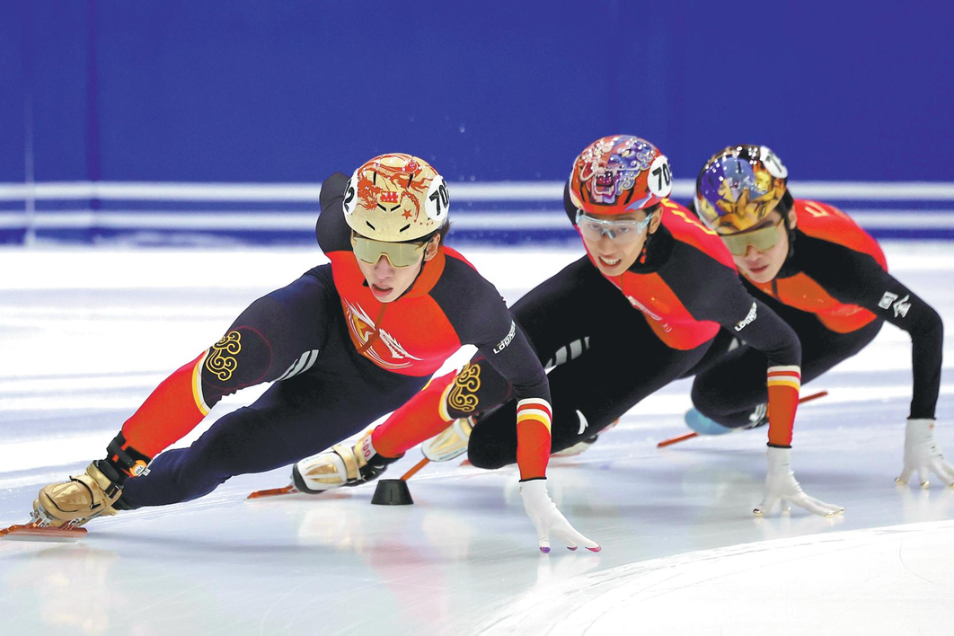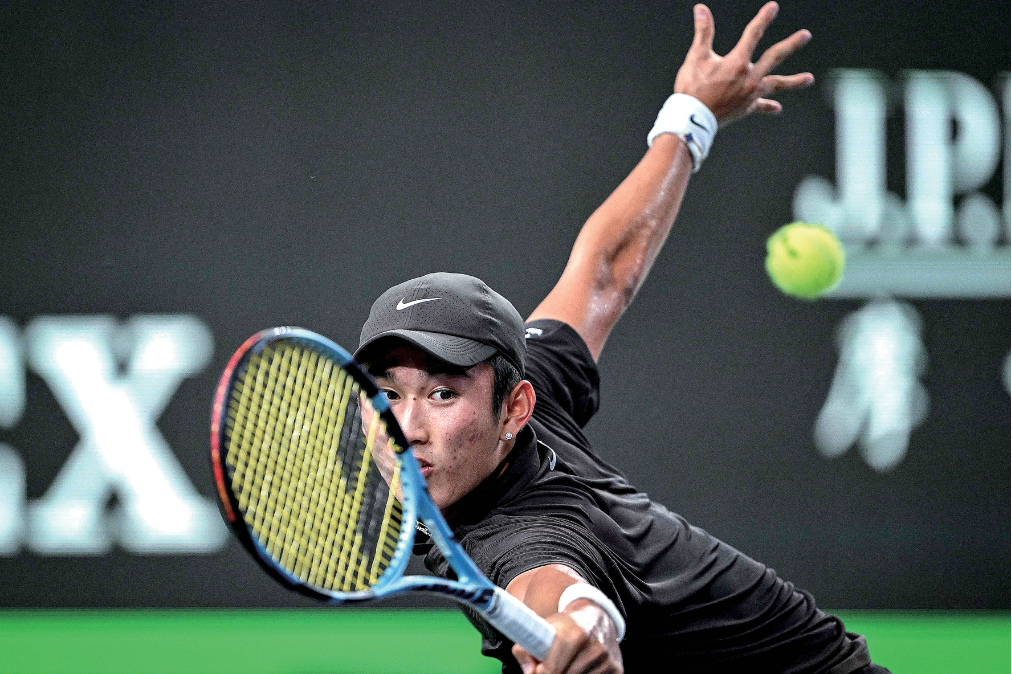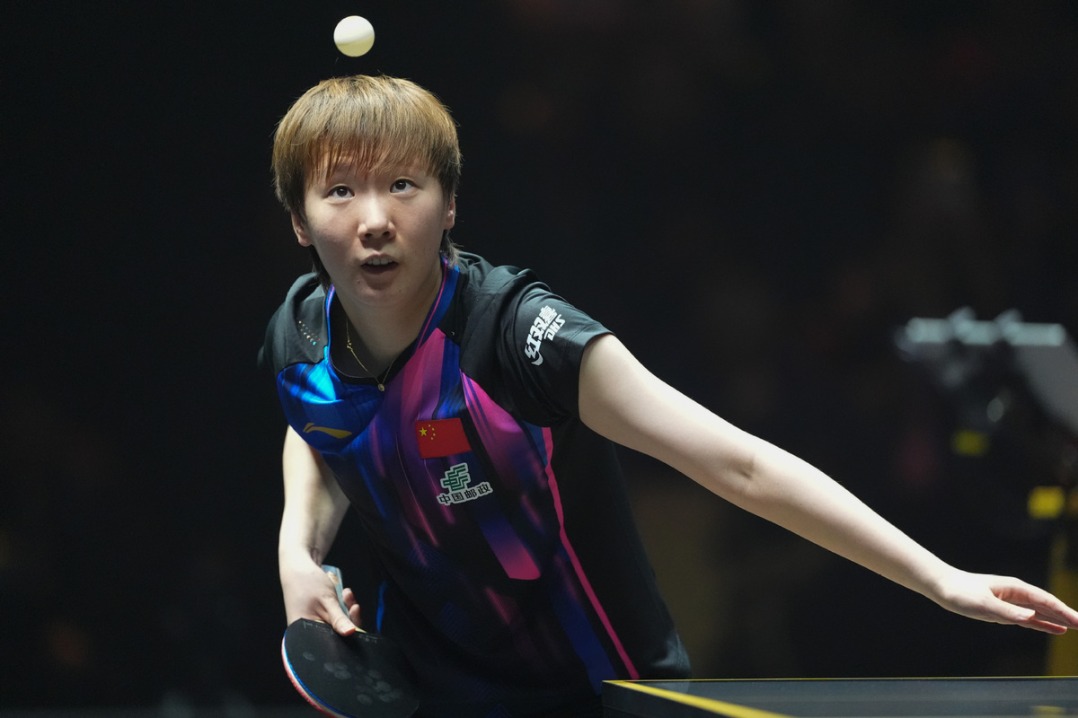Equestrian culture report points to major development stage


The Chinese equestrian sector is at a milestone development stage, with record interest riding on increasing affluence and rich cultural heritage ranging from sports to tourism, according to an inaugural blue book of the industry.
The number of consumers across the country's 2,000 equestrian clubs hit more than 1.19 million in 2019 alone, growing over 20 percent in just two years, figures from the report on China's horse culture industry released over the weekend showed.
Of about 3.67 million steeds across two-thirds of the country, more than 100,000 horses are also used for tourism and leisure activities for 30 million rider experiences every year that help make up over 60 billion yuan ($9.4 billion) in the output value of horse cultural tourism, according to the report.
Presented by the Art Development Center of the Ministry of Culture and Tourism, the 295-page book tracks and analyzes Chinese equestrian development, drawing on the millennia of Chinese human-horse interaction moving forward. Major topics covered include industry management and investment, breeding, tourism trends, education, professional training, as well as historical, ethnic and social aspects.
Chinese equestrian culture offers a "super intellectual property" that taps into a rich treasure trove of the country's heritage and history and can be suitably applied to major sectors for innovative and stable growth, according to Kong Rong, deputy director of the Art Development Center and book co-editor.
At an industry event marking the launch of the book, about 100 participants, online and offline, pointed to the development trends highlighted.
Wu Gangfang, head of the China Horse Culture, Sports and Tourism Institute, under the Art Development Center and the book's other co-author, said the Chinese equestrian experience encompasses an exemplary match of human development in harmony with the natural environment, reflecting deeply people's way of life.
"Now we can comprehensively provide the figures, the details, of the sector; its value, stakeholders, models, opportunities for cooperation, collaboration and growth in line with the cultural confidence of our horse tradition," he said.
Chen Che, secretary-general of the Beijing Turf and Equestrian Association, said there is now a way to adapt to latest industry trends post-pandemic, with the sector given a very important stepping point, such as moving ahead with international events, further strengthening industry standards and fully leveraging local tourism and recreational advantages.
The number of horses held at equestrians clubs total about 120,000, with about 20,000 steeds renewing the stock every year and an average of 30 horses at each club deployed in equestrian sport and training roles, according to the report.
In just the major horse-riding tourist spot of Datan township of the Fengning Manchu autonomous county in North China's Hebei province, outside Beijing, there were 2.6 million visits in 2019 involving at least 4,500 horses, its figures showed.
Li Kening, former secretary-general of the horse cross country endurance committee under the capital's equestrian association, said the results of working toward international standards throughout the years with training and education are clear for all to see.
"Through our global competitions and programs, we've worked with stakeholders and consumers toward the stable and healthy development of the sector," he said.
"The blue book shows the achievements of the sector in attaining international recognition and further opportunities for growth," said Chang Wei, former director of the equestrian department of the General Administration of Sport of China.
Cai Meng, vice-chairman of the Beijing Turf and Equestrian Association and founder of a leading horse culture museum, said riding competitions and events such as endurance races can be adapted to more local and ethnic practices that take into account indigenous horse breeds and geography.
"In terms of horse cultural tourism, we're now presented with one of the best growth opportunities for our sector," said Huang Liangji, head of equine industry development at the Ministry of Agriculture and Rural Affairs.
"The public and private sector, local communities, must work together to provide safe, healthy and quality services and experiences."
"We're also rolling out our own cultural tourism best practices, including facilities, training and services, to build on all this and fully tap our equestrian strengths," said Qi Xiaoye, equestrian association head in the Inner Mongolia autonomous region.
Most Popular
- Djokovic battles through pain to reach his 11th quarterfinals in Shanghai
- China's veteran Zhang Shuai stuns Navarro at WTA Wuhan Open
- China's Wang Chuqin breaks new ground in table tennis ranking points
- Djokovic shows his character
- Getting up to speed
- Remote county reaps net benefits































